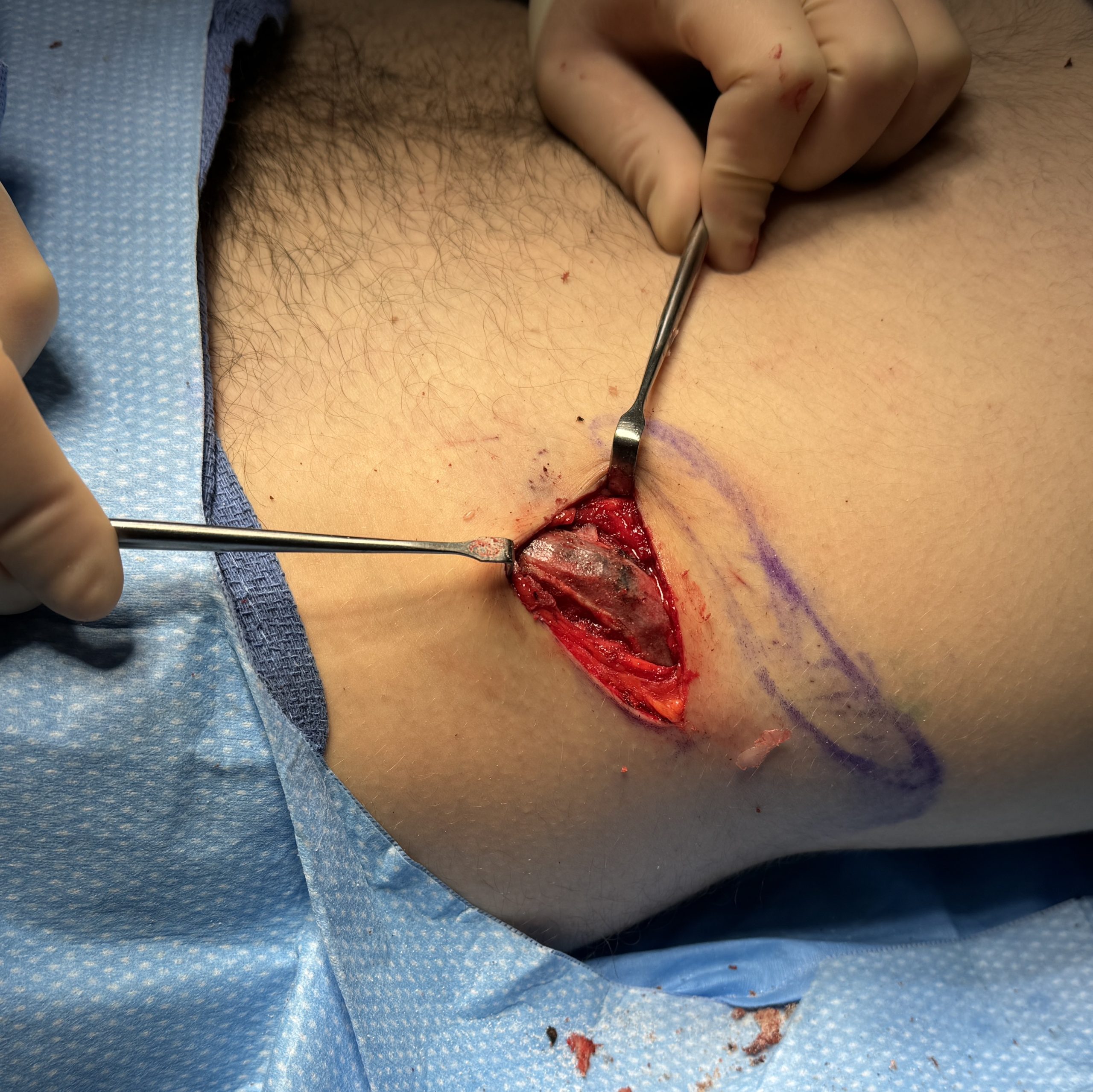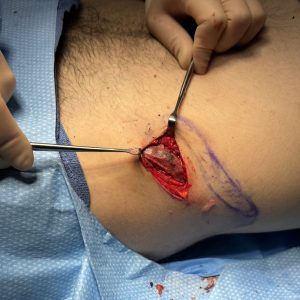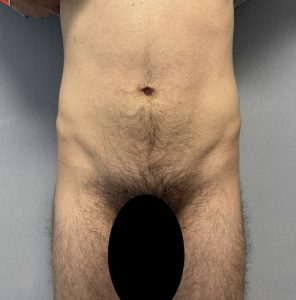Iliac crest reduction is an uncommonly requested aesthetic procedure to reduce the widest part of the pelvis or hip bone. The iliac crest is the bony ridge on the upper lateral border of the ilium. It is more pronounced in females than men which is one factor that accounts for their wider pelvic width. While it is best known surgically as a site for cancellous bone graft harvest, it is also the only part of the pelvis that can safely be reduced by bone removal.
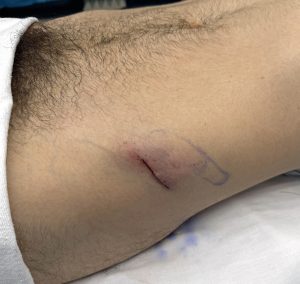
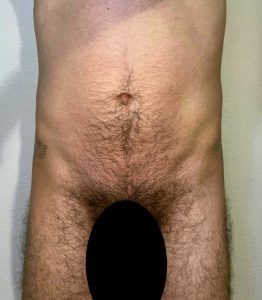
Since the main purpose of the iliac crest is as attachments for muscle and fascia there will be some short term discomfort with walking. Most patients report that it takes about 7 to 10 days until one can walk more normally and about a month until one can resume more strenuous physical activities. This is a recovery that is somewhat similar to an iliac bone graft harvest, which is probably worse, but because crest reduction is done on both sides that is what provides an equal amount of discomfort. After a month one should be fully recovered and all normal and strenuous activities can be performed without restrictions.
The discomfort from iliac crest reduction comes primarily not from the bone per se but from the partial release and trauma to the tensor fascia lata attachments. This strong band of fascia extends from the iliac crest down to the side off the knee. As a result any stretch on the injured fascia which occurs with standing and walking will cause some discomfort and temporary limitations. But since the fascia attaches along the entire crest and the release is only done on a part of the crest now long term physical limitations will result.
Dr. Barry Eppley
World-Renowned Plastic Surgeon

